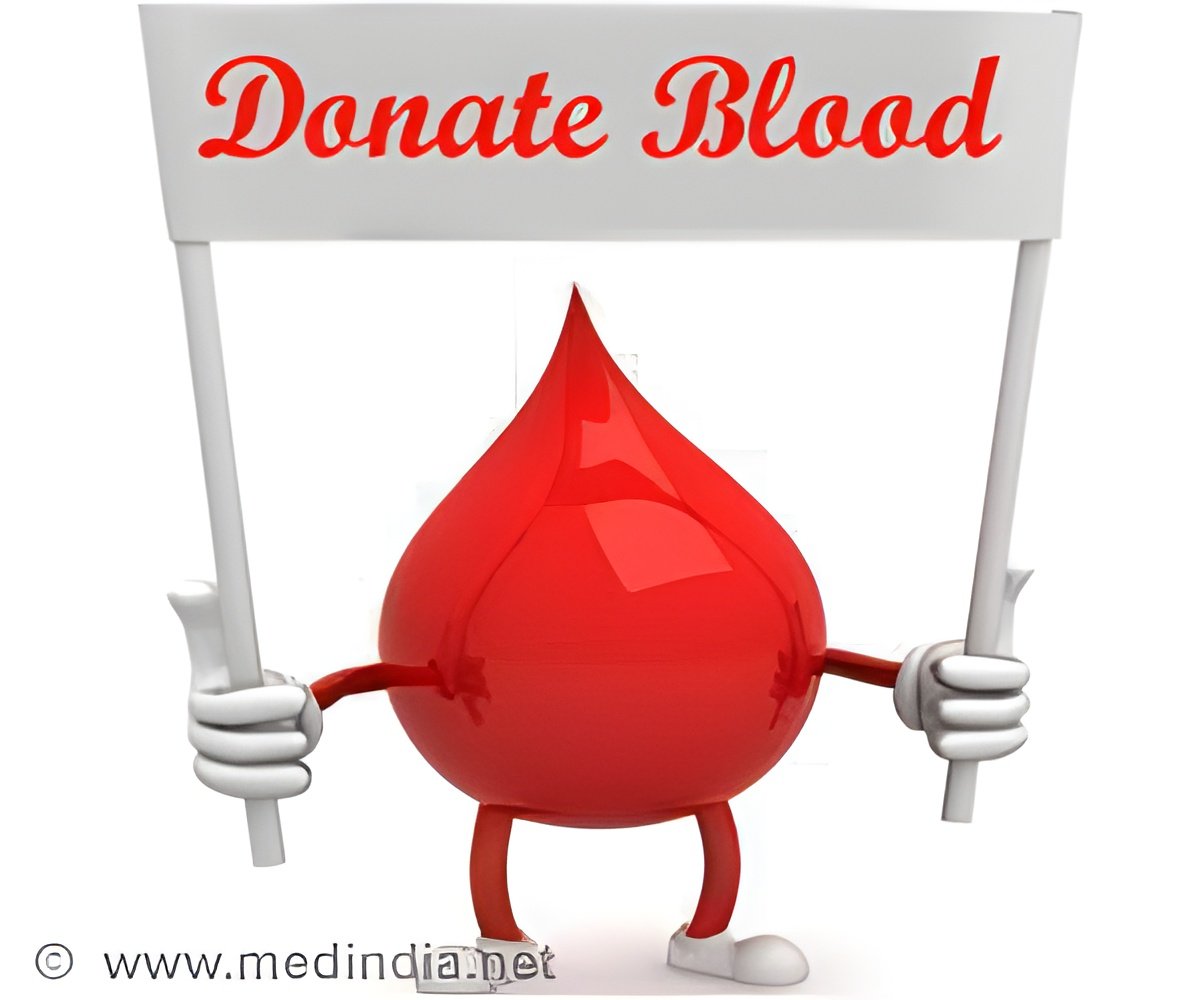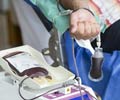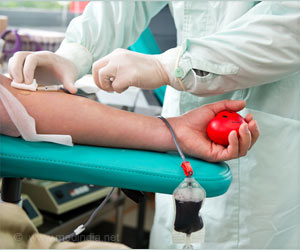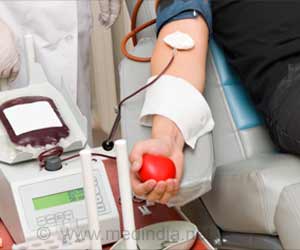
‘Globally, 119 of 195 countries worldwide do not have enough blood to meet medical needs.
’
Read More..Tweet it Now
Blood transfusions save lives and improve health, and the WHO states that ensuring a safe and adequate supply of blood should be an integral part of every country's national health care policy. Read More..
"Other studies have focused on blood safety, such as the risk of transmitting infections such as HIV, but ours' is the first to identify where the most critical shortages lie, and therefore where the most work needs to be done by governments to increase donation, scale-up transfusion services and develop alternatives," says affiliate assistant Professor Christina Fitzmaurice from the University of Washington, USA.
To calculate the availability of blood worldwide, the researchers used data from a WHO survey on transfusion practices between 2011 and 2013, to which 180 of 195 countries responded. To estimate how this compared to each country's needs, they calculated the amount of blood and blood products needed for 20 different medical conditions (based on US data between 2000 and 2014).
They used the 2017 Global Burden of Disease study to see how prevalent each condition was in the USA and how much blood would be needed to provide a transfusion to every patient needing one. They applied these estimates to the varying prevalence of diseases in 195 countries, arriving at an ideal number of transfusions according to national disease burden. Any shortage was the difference between a country's supply and its need.
The total global blood supply was estimated to be around 272 million units. However, the total global demand in 2017 was approximately 303 million units - a shortfall of around 30 million blood units. Across the 119 countries with insufficient supply, the shortfall totaled more than 100 million units, which was equal to around 1,849 units per 100,000 people.
Advertisement
In most high-income countries, supply was able to meet demand. For example, Denmark was estimated to have the greatest supply of all three blood components, with 14,704 blood product units per 100,000 people. In contrast, South Sudan had the lowest supply at 46 units per 100,000. South Sudan's needs were 75 times greater than supply (3,537 units needed per 100,000 people vs. 46 units supplied per 100,000 people). Madagascar had the second greatest shortage, with demand outstripping supply by 26 times (3,568 units per 100,000 people needed vs. 134 supplied). India had the largest absolute shortage, being short of nearly 41 million units in 2017 (52.5 million needed vs 11.3 million supplied).
Advertisement
To meet demand in 2017, all 195 countries would have needed to exceed the WHO goal of 10-20 donations per 1,000 people. Assuming that around 1.5 units of blood components can be derived from a donation, 40 countries required more than 30 donations, while four in eastern Europe required more than 40 donations per 1,000 of the population. "As more people are able to access care in low and middle-income countries, the demand for blood transfusions will increase further, and - without financial, structural and regulatory support - will widen the gap we've uncovered between global supply and demand of blood," says Dr Meghan Delaney from the Children's National Hospital in Washington DC.
The authors note that basing the ideal transfusion need on US inpatient practices could lead to an underestimate of true blood needs outside the USA, especially where neglected tropical diseases, malaria, and maternal disorders are more severe. Different responses to treatments can also increase the demand for blood products; for example, some HIV treatments are more likely to cause anemia in populations with malnutrition.
Writing in a linked Comment, Professor Thierry Burnouf from Taipei Medical University, Taiwan, says: "This study is a reminder that safe and sufficient blood supply is needed to manufacture unique cell-based or protein therapeutic products. Substantial differences in the availability, safety, and quality of blood still exist around the world. Although an integral part of the public health system, financial, organizational, and infrastructural reasons contribute to blood-derived and plasma-derived products as being neglected medicines in low-income and middle-income countries.
Comprehensive strategies, through national and regional commitment, international cooperation, and transfer of technologies to blood establishments, can help fill the gap and strengthen local blood systems, so that patient access to life-saving blood therapies gradually improves."
Source-Eurekalert












